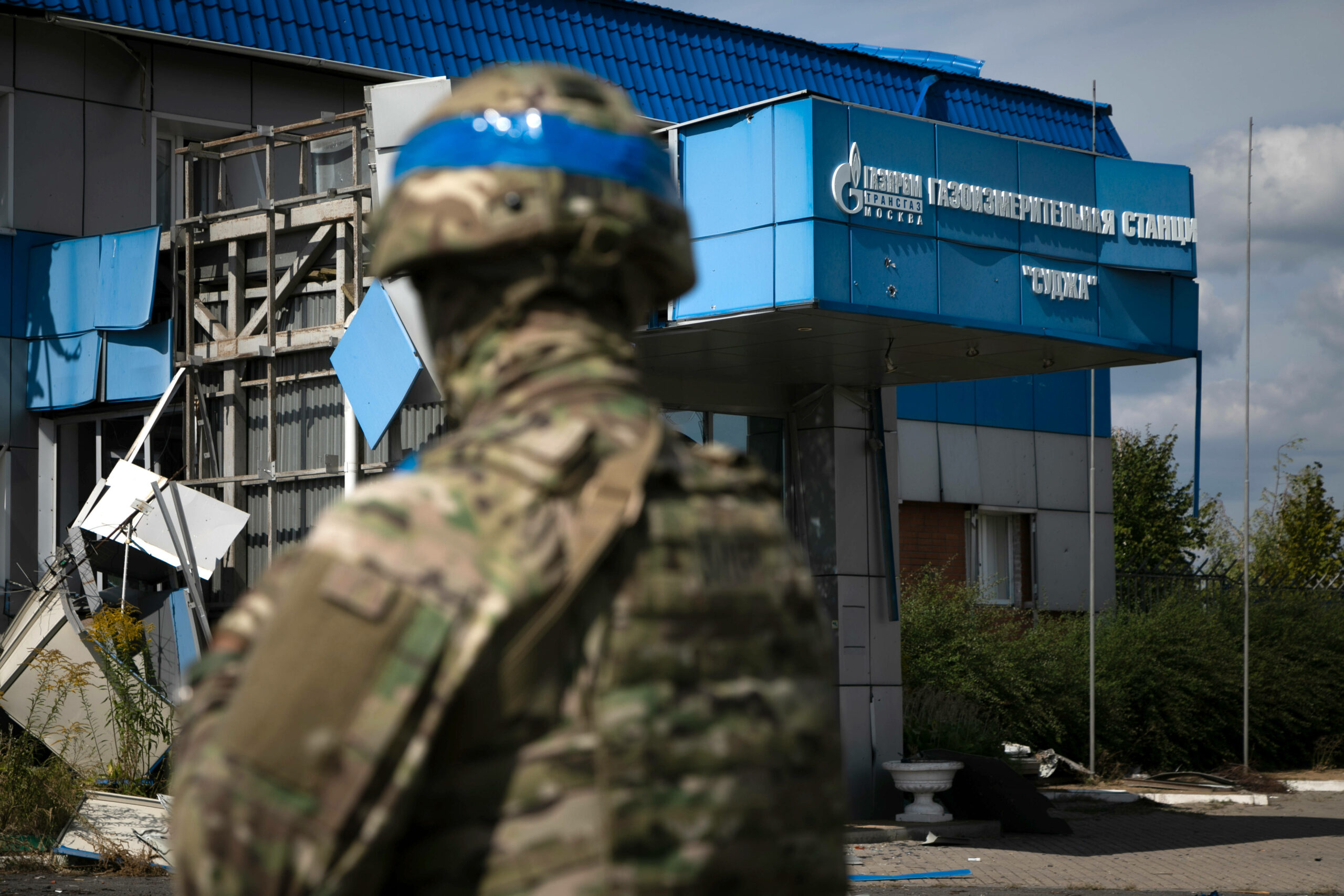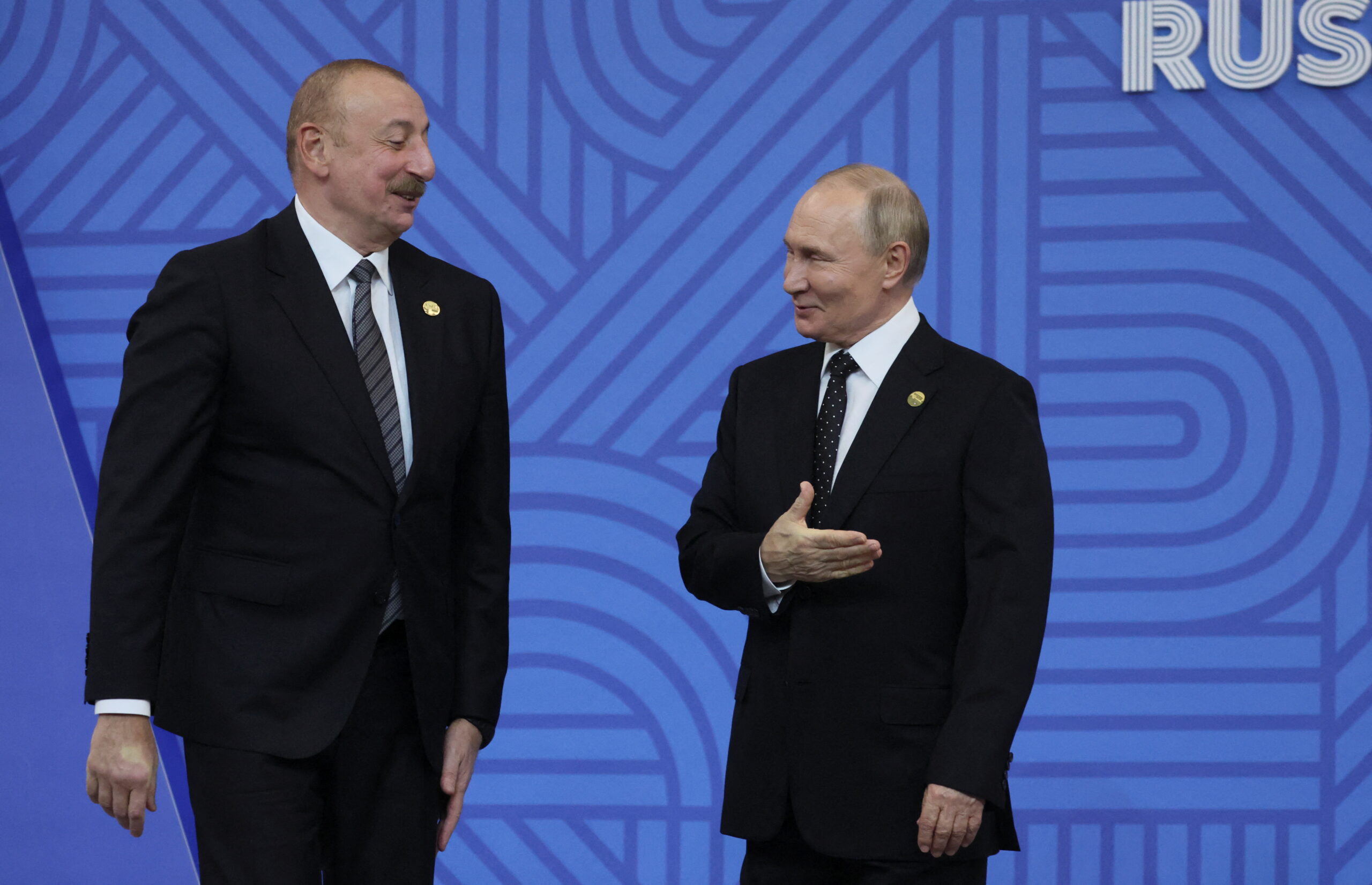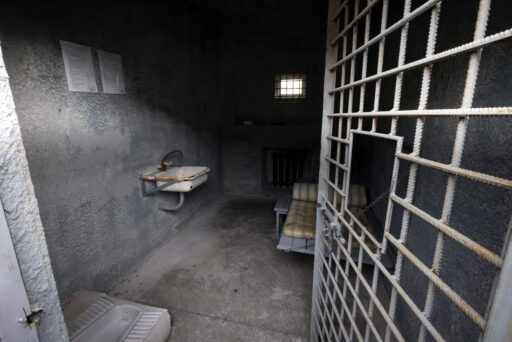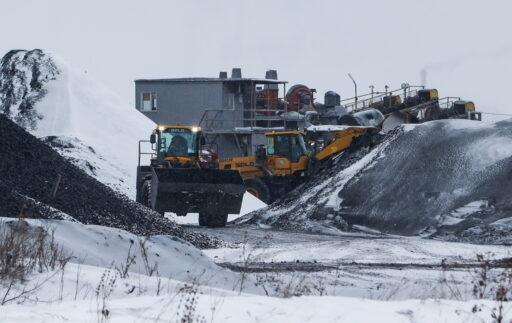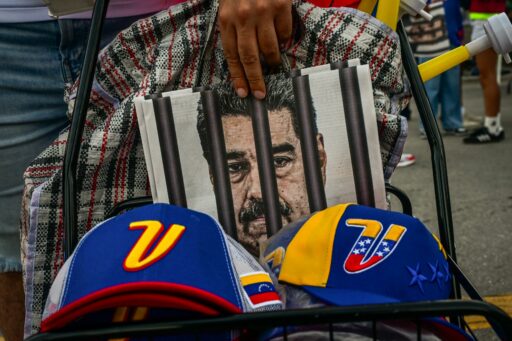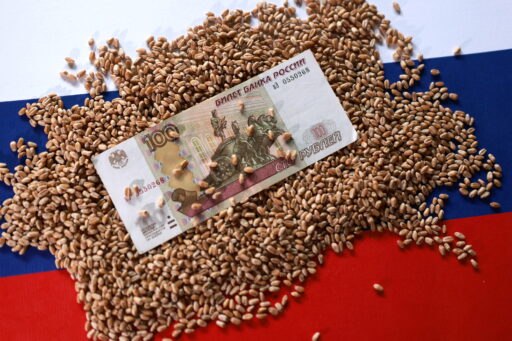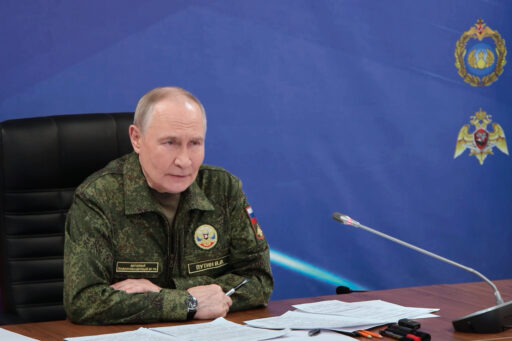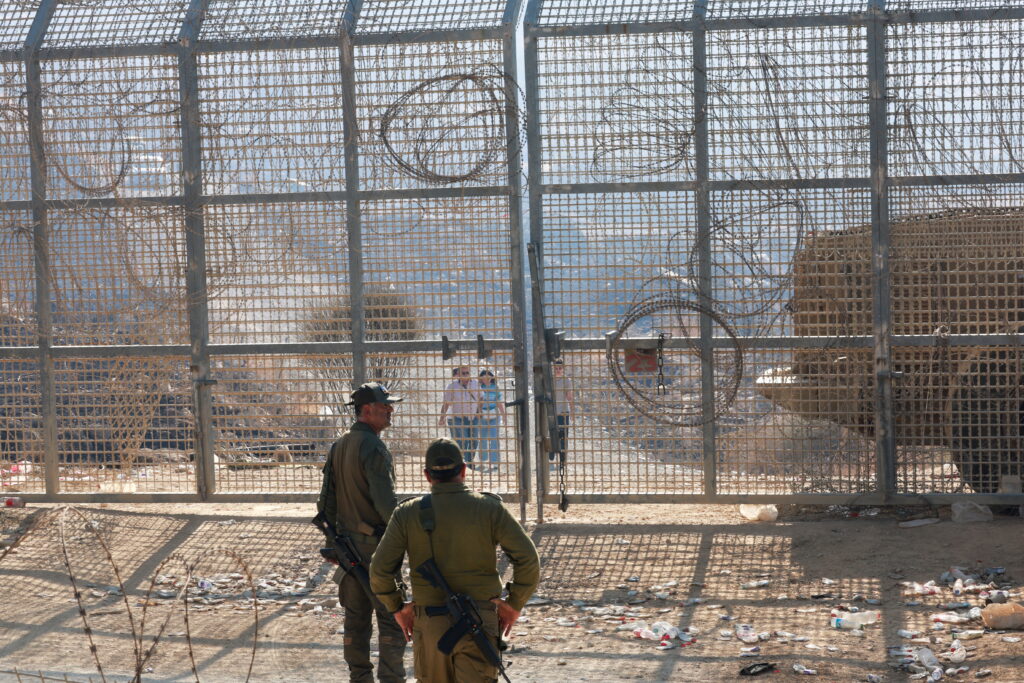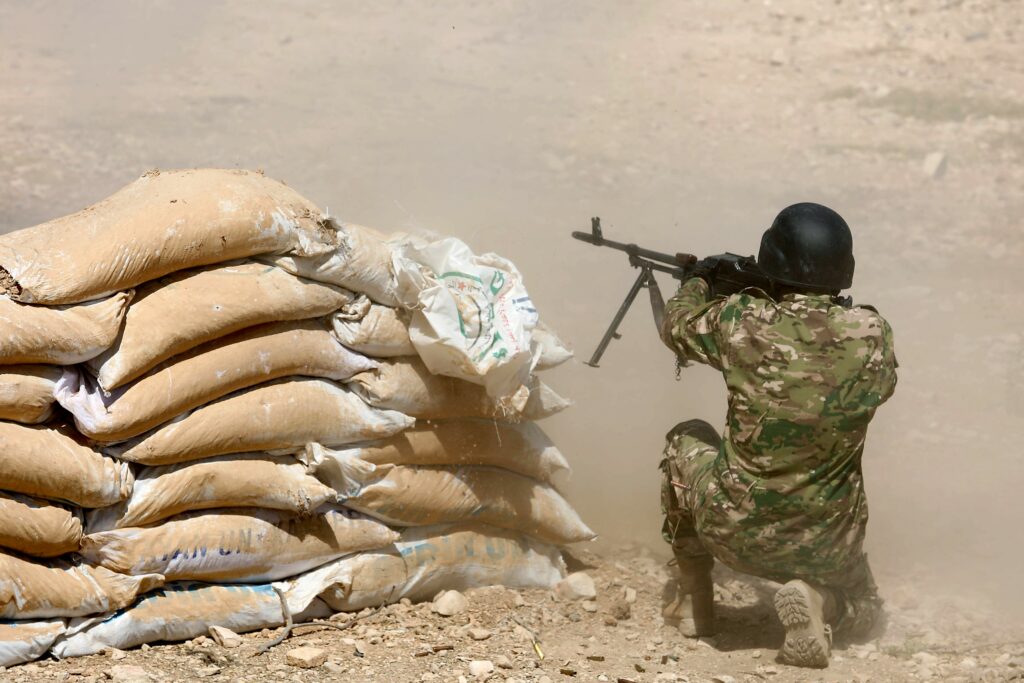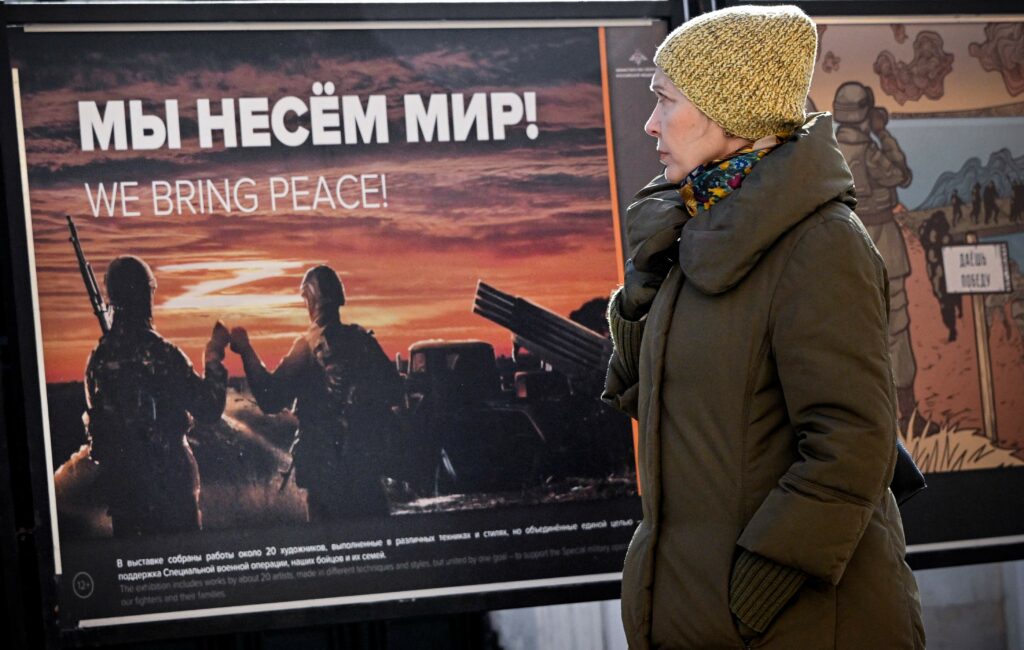On 6 August 2024, regular units of the Armed Forces of Ukraine (AFU) entered the territory of the Kursk region, undertaking, as Vladimir Putin put it, a «large-scale provocation.» If we disregard the changed borders and many other ‘ifs and buts’, this was the first case of this kind since Wehrmacht forces had entered the Soviet territory on 22 June 1941, which was also perceived as a provocation by the then Kremlin leaders. The Soviet leaders—let us do justice to them—only needed a few hours to change their rhetoric, while the current Russian leaders are still talking about the «anti-terrorist operation» and are glad to see that Russians quite quickly lost interest in the events in the ‘border region’, as it is now called.
In the course of the entire two and a half years of the full-scale war (except for the first couple of months), I have believed that its outcome would be determined solely by the military, and not by economic or financial sanctions imposed on the aggressor country. Simple arithmetic operations can show that neither revenues to the Russian budget, nor the incomes of Russian citizens, nor profits of Russian corporations suffered a decline over that time (we take the pre-war year of 2021 as a point of refence for this comparison). At the same time, European countries have incurred significant losses, which may reach even EUR 1 trillion if we consider the overpayments for energy, lost investments in Russia, lost profits etc. This is three times as much as the money allocated by Western countries to finance Ukraine (and no less than seven times as much as the money allocated to direct supplies of arms and ammunition to Kyiv).
The most significant blow to the Russian economy did not come from the seizure of the Bank of Russia’s assets or the introduction of an oil price ceiling, but from the Ukrainian counter-offensive of late summer and early autumn 2022, which triggered ‘partial mobilisation’, with almost a million people fleeing from the country. The same event provoked the still ongoing increase in payments to mobilised and contract soldiers, which, despite accelerating economic growth, created unprecedented imbalances in the labour market, propelled the inflation rate and caused many other negative effects. The invasion of Russian territory by the Ukrainian army may have much more dramatic consequences than an external observer might imagine.
Of course, in the context of Russia’s almost infinite territory, the Kursk and Belgorod regions may seem rather small: they account for only 0.3% of the country’s total area and 1.7% of its population. However, both have turned into major centres driving growth of the Russian agricultural industry over the past decades, ranking 1st or 2nd in pork, poultry and milk production, and classified among the Top 10 largest suppliers of sunflower, buckwheat and many other agricultural crops to the Russian market. Taken together, the Kursk and Belgorod regions accounted for 25.6% of total Russian pork production and 15.2% of poultry production before the war, and they topped the list of attractive ‘low-risk’ investment destinations. The livestock production in these regions has grown 2−6 times since 2010, putting the two administrative units among the main beneficiaries of the food embargo imposed in 2014. It is quite likely that if Ukrainian military units advance further, many pig and poultry farms could end up in the occupied zone (in the Belgorod region, about a half of them are located less than 30−40 kilometres from the border). The consequences for the Russian market are unlikely to be catastrophic, but under the prevailing policy of autarky, a 15−30% rise in meat prices in the central regions of Russia is almost guaranteed.
It should not be overlooked that the invasion by Ukrainian forces has also created serious problems in the transport sector. A large part of the Kursk and Belgorod regions are served by the Moscow Railway, which, due to the «federal-scale emergency» has experienced disruptions following the closure of some stations and routes. According to sources in the industry, the refusal to perform transport services has led to a massive accumulation of idle wagons and abandoned trains — the scale has been so high that the Russian Railways have already imposed restrictions on transport, also through the territory of Bryansk and Smolensk regions, thus seriously affecting the shipments from Belarus to Russia (and, notably, these restrictions have been imposed «until further notice,» i.e. indefinitely for the time being). Indeed, this is just the beginning of negative consequences for the logistics industry, since an increased pressure on the key transport routes connecting Moscow with the south via Voronezh will ensue as an indirect consequence. One way or another, it will take at least several months for the transport industry to adapt to the new reality.
As the Ukrainian army draws closer to the Kursk nuclear power plant (NPP), this poses an even more significant threat. Although major industry experts who recently visited the plant are talking about the expected timely completion of new power units, the situation does not look unproblematic. Even after the final decommissioning of the second power unit in January 2024, the Kursk NPP provides energy to 19 Russia’s regions, supplying 90% of the electricity consumed by the Kursk region, 76% by the Bryansk region and 70% by the Belgorod region. Also, the Mikhailovsky mining and refining facility, the Novolipetsk steel company, most of the Moscow Railway tracks and other major industrial enterprises in the region also depend on the Kursk power plant. Although it seems unlikely that the advancing Ukrainian troops may begin to occupy the plant (and direct strikes on the plant could provoke a disaster on an international scale), it is quite possible that long-range artillery and short-range missiles could strike the plant’s high-voltage transmission grids from a distance of 20−25 kilometres, which could provoke a power collapse in the entire Central Region of Russia. The potential effect would be incomparable to the campaign heralded this spring about strikes on Russian oil processing plants.
Having noted these circumstances, we can move on to the direct and immediate costs caused by the AFU’s entry into the Russian territory. Apparently, after the initial shock and inaction, the Russian bureaucracy became determined not to leave a significant number of population in the territories that have been taken: the evacuation was ‘almost preventive’ and, according to official data, covered almost 120,000 people in the Kursk region and tens of thousands in the Belgorod region, i.e. up to 6−7% of the population of these territories. Although the evacuation figures in local authorities’ reports are probably overstated, the scale is unprecedented for modern Russia in any case, and this effort calls for significant expenditures: at least 1 billion roubles a day. Since the events have been officially qualified as a «federal-scale emergency,» the main costs will be covered not from the local budgets, but from the federal pockets. The economic indicators in the border regions will show an inevitable decline this year, and the future problem of internally displaced persons and the restoration of the territories currently occupied by the AFU (provided that the actions by the Russian military are successful) will be a concern for both federal and local authorities in the course of several years.
The hostilities will cause a perceptible and unplanned increase in military spending: if we include the transfer of at least 20−40 thousand people with appropriate equipment to the attacked regions, as well as the rushed construction of defence lines and the required fortifications, the spending may reach at least 3 to 5 billion roubles per day (not counting monetary compensation for the killed and wounded). At present, the 50−60% of this amount is a more correct estimate of the real costs since there has been no massive withdrawal of the main forces from the Kharkiv direction and from the occupied territories of Ukraine. Moreover, as can already be seen, the military actions on the territory of Russia have raised many questions about the possibility of using conscripts, and are likely to change the approach to this problem as a whole, bringing back the practice of using conscripts in a «special military operation», including the main theatre of military operations in Donbass. If this happens, the tension in society is likely to rise. In fact, this has already been noted following the disappearance of conscripts in the area of Ukrainian incursion in the Kursk region, which the authorities have been trying to suppress diligently albeit harshly.
However, two other consequences of the Ukrainian attack are far more important than all of the above.
Firstly, there has been a serious increase in tensions in and around the Kremlin, not observed in similar forms throughout the current war. The invasion, which has turned out to be the biggest failure of the Ministry of Defence and the General Staff, will lead to further purges at the highest echelons of the army. At the same time, it appears that Putin is beginning to create duplicate instruments and levers of governance — so far, however, only to repel the attack in the Kursk region. Many experts point to the Russian autocrat’s visible irritation, which is most likely caused by the failure to achieve the objectives he had set (noteworthy also is the noticeable inconsistency in the actions taken and views expressed by a number of officials). This inability to solve obvious problems and ensure the defence of Russia’s own territory seems to be the most important outcome of the Ukrainian offensive today: the regime’s bureaucratic structures can only dump responsibility on each other and seek reasons to justify their inaction. At present, no solution to the crisis is in sight. If the crisis leads to repression, even if not on a mass scale (there is talk about plans to instigate dozens, if not hundreds, of criminal cases against the top brass), this could be a difficult test for Putin’s regime, where it has been customary for officials to get away with almost anything. The reaction of Russian elites to such a change—especially if Moscow fails to reverse the vector of the operation quickly—is probably impossible to predict at this point.
Secondly, the question of new mobilisation has once again come to the fore. Although the dominant perception in both Russia and the West is that the AFU has used almost all of its combat-ready reserves to attack the Kursk region, the further course of the operation should answer the most important question for the Russian economy and society. Since the winter of 2022/23, the author of this article has argued that the Kremlin does not intend to repeat the mobilisation since a new attempt would require radical changes in society (above all, the closure of borders) and would cause enormous damage to the Russian economy. Until recently, the authorities have responded to the declining rate of volunteer recruitment by increasing contractual payments, and probably did not intend to change their long-term goals. However, if Ukrainian forces become seriously entrenched on Russian territory, this approach may change, entailing the end of Putin’s system in its traditional format, where people remain passive in exchange for prosperity and geopolitical ‘achievements’. As the end of 2024 is nearing, Russian society is fairly disillusioned about the importance of victories in Ukraine, and highly fatigued with the ongoing war. This clearly represents an unfavourable background for mobilisation, a step that is already unpopular.
